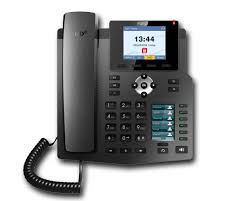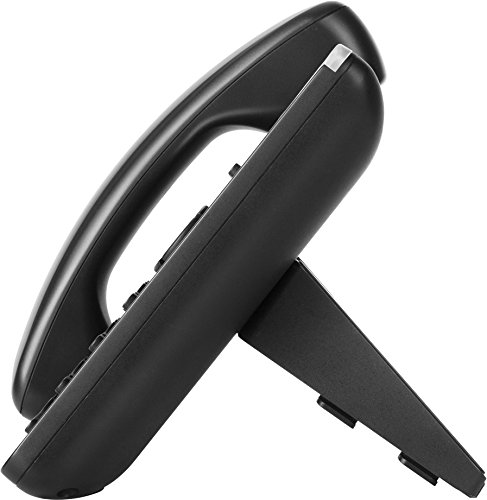The history and evolution of PBX

What is the difference between PABX and IP PBX
January 15, 2023
The history of Call centers/Contact Centers and their future scope
January 18, 2023The history and evolution of PBX
The history of PBX (Private Branch Exchange) systems can be traced back to the late 19th century, when the first telephone exchanges were introduced in large cities. These early exchanges were operated by human operators who manually connected calls between customers. As telephone usage grew, it became clear that there was a need for a more efficient way to connect calls within a private organization.
In the early 20th century, the first PBX systems were developed. These systems were similar to the public telephone exchanges, but they were designed for use within a private organization. They allowed internal telephone extensions to be connected to outside public telephone lines, enabling employees to make and receive external calls without having to use public lines for each call.
PBX systems quickly became popular in large organizations, such as corporations and government agencies, as they improved communication efficiency and reduced costs. In the 1950s and 1960s, PBX systems began to evolve, incorporating new technologies such as automatic call routing, voicemail, and caller ID.
In the 1980s, the first digital PBX systems were introduced. These systems used digital technology to improve call quality and provide new features such as call forwarding, call waiting, and conference calling. Digital PBX systems also allowed for more flexible call routing and the ability to handle a larger number of calls.
In the 1990s, the first IP-based PBX systems, also known as IP PBX, were introduced. These systems used internet protocol (IP) networks to transmit calls, rather than traditional PSTN lines. IP PBX systems brought new features such as the integration of other communication and collaboration tools, and a more flexible call routing.
Today, IP PBX systems have become the standard in private branch exchange systems. They offer more flexibility, scalability, cost-effectiveness, and integration possibilities. IP PBX systems can also integrate with other communication and collaboration tools such as instant messaging, video conferencing, and presence information, allowing organizations to communicate and collaborate more effectively.
In conclusion, PBX systems have come a long way from the early manual telephone exchanges of the 19th century to the IP-based systems of today. Today’s PBX systems, known as IP-PBX are software-based, and can be customized to meet an organization’s specific needs and requirements, and also provides more flexibility, scalability, cost-effectiveness, and integration possibilities, which makes it a popular choice among organizations.




